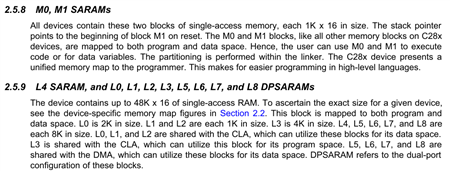I use a C28x processor.
I take some 8bit data and I want to write these 8bit data to 32bit GPIODAT register. But the order for writing is like that;
1st bit of 8 bit data should be written in GPIO16,
2nd bit of 8bit data should be written in GPIO21,
3rd bit of 8bit data should be written in GPIO22,
4th bit of 8bit data should be written in GPIO22,
5th bit of 8bit data should be written in GPIO23,
6th bit of 8bit data should be written in GPIO24,
7th bit of 8bit data should be written in GPIO25,
8th bit of 8bit data should be written in GPIO26
How can I write code for this operation ?


